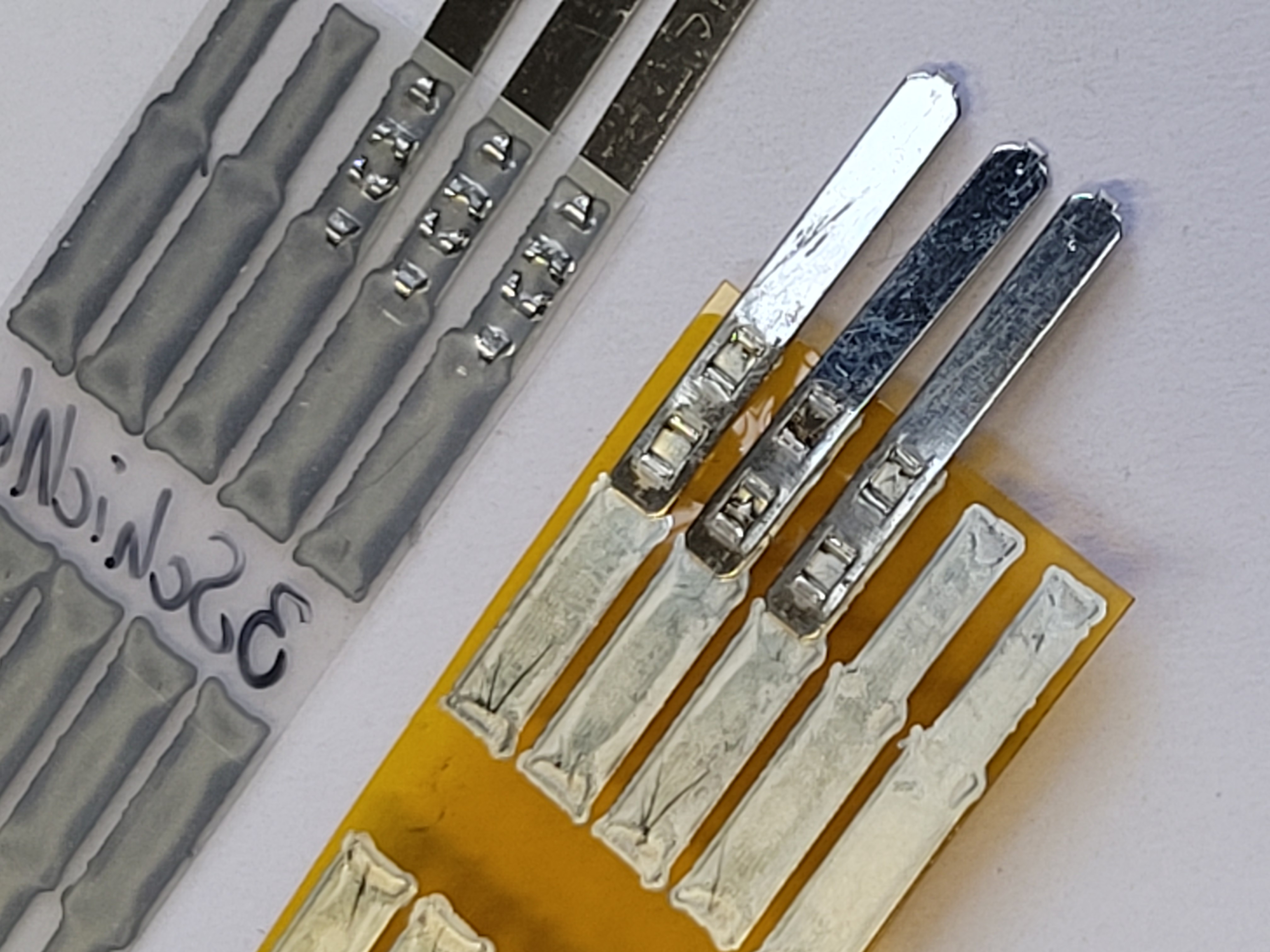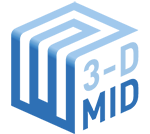Two exciting research presentations await you at the 11th MID Day on 9th August 2023. The online event starts at 4 PM (CEST) and is open to all free of charge. Each of the 20-minute presentations will be followed by a Q&A session. Finally, presenters and participants can network. The event will be held in English.
1st Presentation
First, Dr.-Ing. Zongwen Fu (Forschungsinstitut FGK GmbH) will give the presentation “Challenges associated with additive manufacturing of ceramic components”.
The past two decades have seen explosive growth in the realm of Additive Manufacturing (AM) technologies. In the ceramic industry, AM shows a high potential to produce components with complex geometries, being barely achievable using traditional processing routes. In this presentation, the research results concerning AM of ceramics and multi-material components derived at the Competence Center “3D-Keramik” as well as the Research Institute for Glass and Ceramics located in Höhr-Grenzhausen are introduced. Based on these results, the challenges associated with the whole AM processing chain from feedstock development to thermal treatments are discussed.

Picture 1: Ceramic parts with complex geometries additively fabricated using Vat-PhotoPolymerization (VPP); Source: FGK GmbH

Picture 2: Conductor structures produced by inkjet printing and contacted via penetration crimp on PI and PET substrates; Source: TH Nuremberg
2nd Presentation
Michael Hümmer from the TH Nuremberg will then present the “PrInterfaces” research project – technologies for high-quality contacting of printed structures for the establishment of Level 3 connections between electronic assemblies.
The technical and economic performance of printed electronics technology is superior to that of established production techniques for some aspects of electronic system design under certain conditions. One example of this is the production of the conductor pattern. However, the complete, print-based realization of an electronic system is either not yet technically feasible or not economically viable. In this respect, it may be necessary to connect a printed circuit diagram with other components, such as those produced using established production techniques, in order to ensure the overall functionality of the electronic system. This may also require connection at board level, i.e. from board to board (level 3). Known joining technologies of established electronics production are available for joining. However, their suitability for high-quality contacting of printed conductor structures is unknown. This is because such structures have different components and properties compared with conventional copper layers on printed circuit boards. Consequently, this changes the contacting / joining system. The effect of the changes on the interconnection technology and its production parameters must be investigated in the context of reliable interconnections. For this purpose, the suitability of stirrup brazing, ACF heat sealing, crimping and press-fit in combination with aerosol jet, piezo jet, inkjet as well as screen printed structures will be verified. The effects of the material combination (substrate, track, interconnection), process parameters (sintering/hardening, contacting) as well as the track properties on the interconnections are comprehensively characterized. The long-term behavior of the interconnections is also determined.
You can find more MID events here
